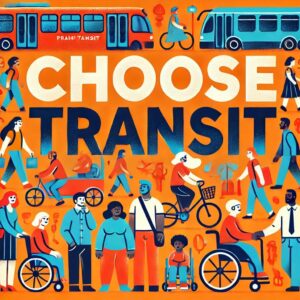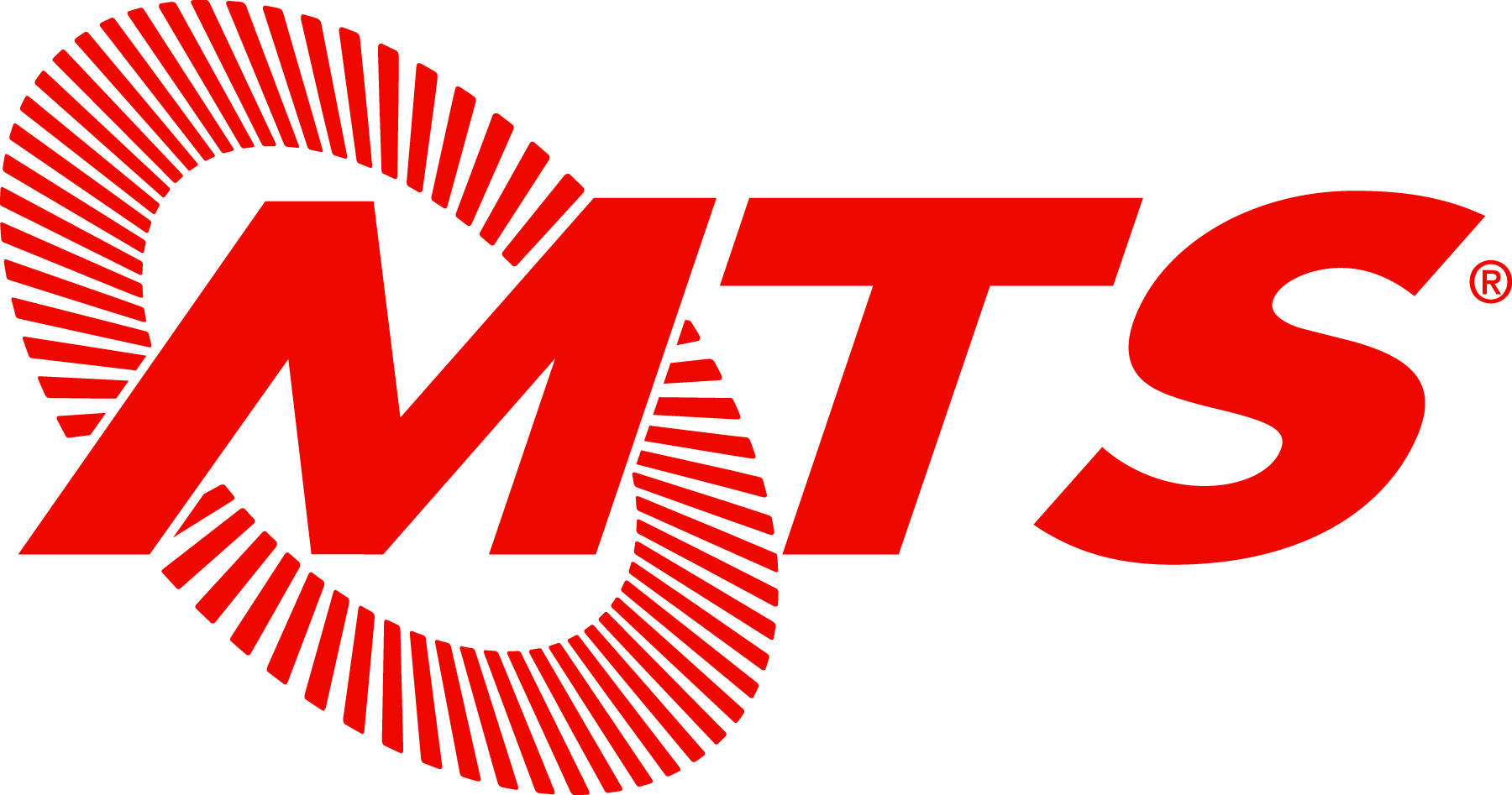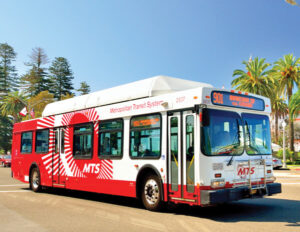Communicating the Benefits of Public Transit: San Diego Metro Transit System’s “Choose Transit” Campaign
 The San Diego Metropolitan Transit System (MTS) has long been committed to providing accessible, reliable, and safe public transportation options. In recent years, MTS launched two major campaigns—”Choose Transit” and “Clean Ride”—to highlight the benefits of public transit and reassure riders about safety measures during the COVID-19 pandemic.
The San Diego Metropolitan Transit System (MTS) has long been committed to providing accessible, reliable, and safe public transportation options. In recent years, MTS launched two major campaigns—”Choose Transit” and “Clean Ride”—to highlight the benefits of public transit and reassure riders about safety measures during the COVID-19 pandemic.
This case study explores how MTS effectively communicated the advantages of choosing transit and the proactive steps taken to ensure a safe commuting experience for all riders.
The “Choose Transit” Campaign: Positioning Transit as a Lifestyle Choice
The “Choose Transit” campaign was designed to appeal to a broad audience, from daily commuters to occasional riders, by emphasizing how transit enhances quality of life. Instead of focusing solely on cost savings or environmental benefits, MTS framed transit as a choice that improves convenience, reduces stress, and promotes sustainable urban living.
Key Messaging and Strategies
1. Highlighting Real Riders’ Experiences
One of the most effective elements of the “Choose Transit” campaign was its storytelling approach, which put the voices of actual transit riders at the center. Rather than focusing on general transit benefits, MTS leveraged real testimonials from everyday commuters, students, and professionals to make the campaign more relatable and persuasive.
- Authenticity Builds Trust: Hearing directly from real riders about how transit improves their daily lives made the campaign feel genuine and compelling.
- Diverse Representation Matters: The testimonials featured people from different backgrounds—students, young professionals, essential workers, and retirees—showcasing the wide-ranging benefits of public transit.
- Demonstrating Tangible Benefits: Riders shared personal stories about how public transit saves money, reduces stress, and provides a convenient alternative to driving, making the benefits more concrete for potential new users.
Why This Worked:
Instead of relying on broad, data-heavy marketing, personal stories created an emotional connection, making transit a lifestyle choice rather than just a transportation option.
2. Engaging Digital and Social Media Campaigns
With most consumers engaging with content online, MTS took a digital-first approach to marketing, leveraging social media platforms, targeted advertising, and video storytelling to reach and engage their audience effectively.
- Short-Form Video Content: MTS created engaging, shareable videos featuring transit users discussing why they “Choose Transit.” These videos were tailored for platforms like Instagram, TikTok, Facebook, and YouTube.
- Targeted Social Media Ads: Digital ads were specifically targeted at commuters, young professionals, and students, promoting transit as a cost-effective and stress-free alternative to driving, especially amidst rising gas prices and increasing traffic congestion.
- User-Generated Content (UGC): MTS encouraged riders to share their own transit experiences on social media using campaign hashtags, further amplifying awareness through word-of-mouth marketing.
- Influencer & Community Collaboration: MTS collaborated with local influencers, sustainability advocates, and community leaders to boost campaign credibility and reach.
Why This Worked:
By meeting people where they already spend time (on social media and digital platforms), MTS effectively captured attention, increased engagement, and drove behavioral change toward transit adoption.
3. Multichannel Outreach
To maximize reach and impact, MTS didn’t limit its communication to digital platforms. It combined online strategies with traditional advertising and grassroots community engagement, ensuring the message reached diverse audiences across San Diego.
- Posters & Physical Advertisements: Billboards, bus shelters, and transit station ads reinforced key messaging in high-traffic areas.
- Radio & Print Media: MTS engaged with local radio stations, newspapers, and community bulletins to reach audiences who might not be active online.
- Community Events & Public Engagement: MTS participated in local events, fairs, and town hall meetings to directly connect with potential riders and answer their concerns.
- Multilingual Outreach: To ensure inclusive communication, campaign materials were translated into multiple languages, catering to San Diego’s diverse population.
Why This Worked:
A blended approach ensured that the message reached not just tech-savvy younger audiences, but also seniors, lower-income groups, and non-English-speaking communities, reinforcing the idea that transit is for everyone.
4. Employer Partnerships
Recognizing that commuting habits are heavily influenced by workplace policies, MTS partnered with major employers in San Diego to promote transit benefits for employees.
- Transit Pass Incentives: MTS worked with companies to offer discounted or employer-paid transit passes as part of employee benefits.
- Workplace Engagement: MTS hosted info sessions at corporate offices to educate employees about transit options.
- First-Mile/Last-Mile Solutions: Employers were encouraged to integrate shuttle services, bike programs, and carpooling options to make transit more convenient.
Why This Worked:
By aligning with employers’ sustainability and cost-saving goals, MTS created institutional support for transit commuting, leading to higher ridership adoption among working professionals.
5. Environmental and Cost-Saving Messaging
One of the strongest value propositions of public transit is its financial and environmental benefits. MTS leveraged data-driven messaging to appeal to eco-conscious and budget-minded individuals.
- Carbon Footprint Reduction: Campaign materials highlighted how taking the bus or trolley reduces CO₂ emissions, helping combat climate change.
- Gas & Parking Savings: MTS showcased cost comparisons, proving that public transit is significantly cheaper than driving when factoring in gas, parking, and vehicle maintenance costs.
- Sustainability-Focused Partnerships: MTS aligned with local environmental organizations to reinforce the campaign’s sustainability message.
Why This Worked:
At a time when climate change awareness and financial concerns were high, this messaging provided a compelling, data-backed reason for people to consider transit over driving.
 Lessons Learned for Public Transit Agencies
Lessons Learned for Public Transit Agencies
The success of MTS’ “Choose Transit” campaign provides valuable insights for other transit agencies looking to increase ridership and enhance public perception. Here are the key takeaways:
1. Human-Centered Messaging Works
People are more likely to relate to real-life experiences than abstract statistics. Featuring riders who genuinely benefit from transit makes marketing more authentic and engaging.
✅ Lesson: Use human-centered storytelling to make transit feel accessible, relevant, and beneficial to the daily lives of riders.
2. The Importance of a Multi-Channel Communication Strategy
A successful public communication campaign must go beyond social media alone. While digital channels are crucial, traditional advertising, community outreach, and stakeholder engagement play a complementary role.
✅ Lesson: A mix of online, offline, and grassroots communication methods ensures maximum reach and impact.
3. Digital Engagement is a Game-Changer
With more people spending time on social media and digital platforms, agencies must embrace targeted digital marketing to effectively reach potential riders.
✅ Lesson: Invest in short-form videos, influencer collaborations, and geo-targeted digital ads to attract modern commuters.
4. Employer Partnerships Amplify Impact
Since many transit riders are commuters, engaging with large employers can drive significant ridership increases. Workplace transit incentives encourage long-term adoption.
✅ Lesson: Work with corporate partners to offer transit benefits, making public transportation an integrated part of employees’ daily routines.
5. Consistency and Long-Term Messaging Matter
Public perception doesn’t change overnight. Successful transit campaigns require ongoing engagement, frequent touchpoints, and long-term reinforcement.
✅ Lesson: Develop a structured communication plan with a clear schedule, ensuring that transit benefits remain top of mind for riders.
6. Data-Driven Communication Increases Credibility
Using ridership surveys, environmental impact reports, and financial comparisons makes transit messaging more persuasive.
✅ Lesson: Leverage facts and figures to demonstrate the practical, economic, and environmental benefits of transit.
7. Community Engagement is Essential
Public transit is a community asset, and successful campaigns need grassroots involvement. Engaging with local businesses, nonprofits, and civic groups fosters stronger advocacy and local support.
✅ Lesson: Build local partnerships to create a collective movement that champions transit use.
Conclusion: Effective Communication for Transit Success
San Diego MTS’ “Choose Transit” campaign illustrates how strategic communication can effectively promote transit as both a practical and safe transportation choice. By focusing on personal experiences, maintaining transparency, and reinforcing safety measures, MTS successfully strengthened public confidence and ridership engagement.
For other public transit agencies, these campaigns serve as blueprints for leveraging communication to highlight the benefits of transit while reassuring riders during times of uncertainty. With the right approach, transit agencies can encourage sustained ridership, build community trust, and enhance the overall public perception of mass transportation.
Ready to Elevate Your Agency’s Public Communication?
We understand the unique challenges state and local government agencies face—from complex issues to diverse community needs. Our comprehensive approach can help you transform the way you connect with constituents, improve transparency, and highlight the valuable work your agency does every day.
Interested in learning more? Reach out to us today for a consultation. We’d love to discuss how our services can support your goals and help you build lasting trust with the communities you serve.



 Lessons Learned for Public Transit Agencies
Lessons Learned for Public Transit Agencies

